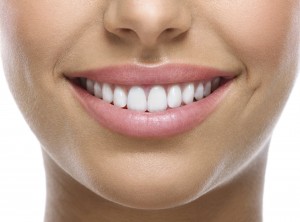The Many Benefits of Dental Crowns
Why are Dental Crowns Needed?

- Tooth restoration-restoring a tooth that has been broken or worn down
- Protection for weak teeth-protecting a tooth from decay and/or holding a cracked tooth together
- Covering a dental implant
- Holding a dental bridge or other dental devices in place
- Support and covering for a tooth that has a large filling
- Cosmetic adjustment-covering discolored or misshapen teeth
- Dental crowns can also be used on baby teeth in children to save damaged teeth or protect teeth that are at high risk for decay.
What are the Different Types of Crowns?
Crowns can be made out of many different types of materials, including:
- Stainless Steel-these types of crowns are prefabricated and used on permanent teeth generally for temporary use. Stainless steel crowns are also commonly used for children to protect a tooth from decay.
- Metal-these types of crowns can be made out of many different metal types including palladium, nickel alloy, chromium alloy, and gold alloy. Metal crowns can hold out to constant biting and chewing forces and typically last the longest in regard to wear and tear.
- Porcelain fused to metal- these types of crowns are color matched to the surrounding teeth to make them less obvious and look more natural. These crowns are very common but can chip or break off and can wear down over time.
- Resin- these types of dental crowns are less expensive but do not last as long as the other types of crowns.
- All ceramic or porcelain-these crowns are the most natural looking and provide the best color match to surrounding teeth. These are a great option for people who suffer with allergies to metal, but they are not as strong as the crowns that are fused to metal. All porcelain or all ceramic crowns are the ideal choice for front teeth.
- How are Crowns put Into Place?
At first, the dentist must take some X-rays to examine the roots of the tooth to receive the crown. If the tooth is too decayed or the pulp of the tooth is damaged, a root canal must be performed. After this, the tooth to receive the crown is shaped to receive the crown by being filed down to the correct size. After this, impressions are taken and a permanent crown is created which can be placed after it has been made by an outside lab in 2-3 weeks. If you think that you may need a crown or are curious about the benefits of dental crowns, don’t wait to contact the dental experts at the California Dental Group.




